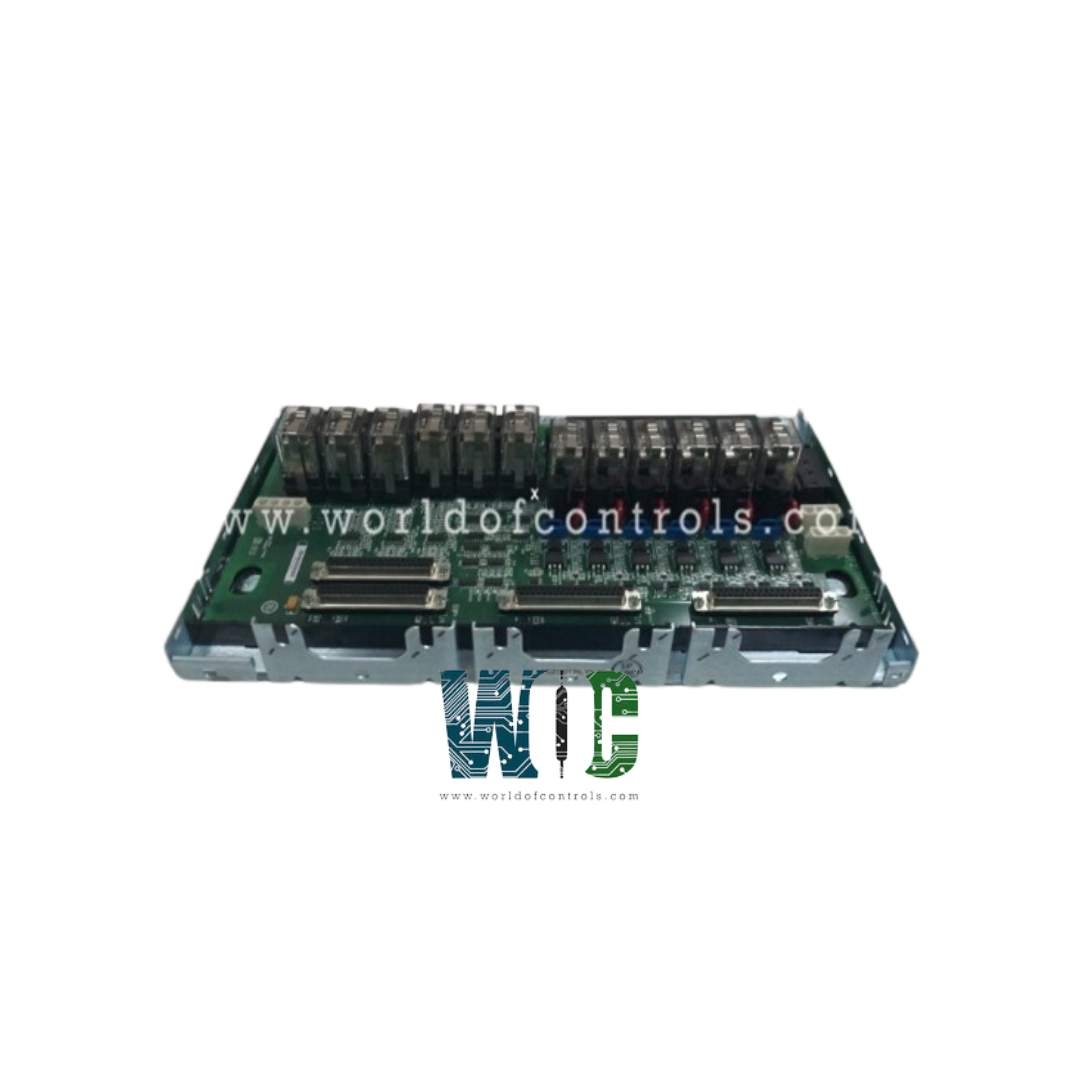
World Of Controls understands the criticality of your requirement and works towards reducing the lead time as much as possible.
IS230TRLYH1E - Relay Output Assembly Board is available in stock which ships the same day.
IS230TRLYH1E - Relay Output Assembly Board comes in UNUSED as well as REBUILT condition.
To avail our best deals for IS230TRLYH1E - Relay Output Assembly Board, contact us and we will get back to you within 24 hours.
Part No.: IS230TRLYH1E
Manufacturer: General Electric
Product Type: Relay Output Assembly Board
Operating temperature range: -30 to 65oC
Operating humidity 5 to 95 percent
Size: 17.8 cm wide x 33.02 cm high
Series: Mark VIe
Availability: In Stock
Manual: GEH-6721
Country of Manufacture: United States (USA)
IS230TRLYH1E is a Relay Output Assembly Board developed by GE. The Solid-State Relay Output terminal board is a specialized 12-output relay board designed to control external devices through solid-state relays. Unlike mechanical relays, these solid-state relays offer enhanced durability and are certified for use in Class 1 Division 2 hazardous environments, making them suitable for industrial applications where safety and reliability are paramount.
World of Controls has the most comprehensive collection of GE Mark VIe components. Please contact WOC as soon as possible if you require any extra information.
What is IS230TRLYH1E?
It is a Relay Output Assembly Board developed by GE
What happens if the solenoid excitation voltage drops below the specified level?
The solenoid excitation voltage is monitored downstream of the fuses. If the voltage falls below 12 V DC, an alarm is triggered and latched, indicating a potential issue with the solenoid power supply.
What is a composite diagnostics alarm, and when does it occur?
A composite diagnostics alarm, identified as L3DIAG xxxx, occurs when any of the outputs on the terminal board goes unhealthy. This alarm provides a general indication that there is a fault or issue with one or more outputs.
How does the system handle hardware incompatibility faults?
Hardware incompatibility faults are created when there is a mismatch detected by the I/O processor when reading the ID chip of the terminal board or its connectors. The ID chip contains essential information such as the board serial number, type, revision number, and connector locations (JR1/JS1/JT1). A mismatch in this data triggers a fault to alert users of a potential hardware issue.